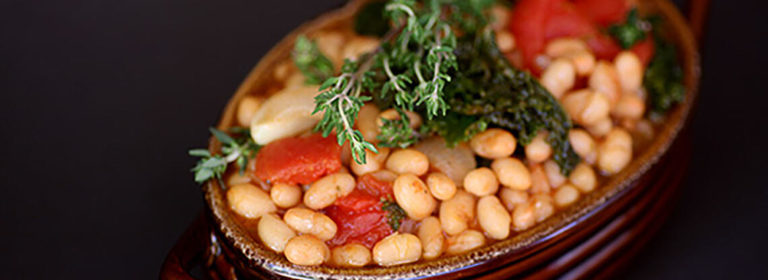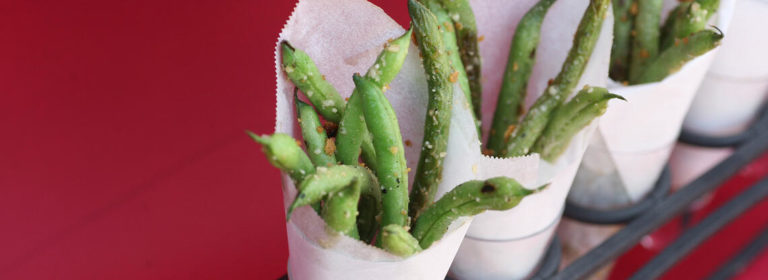Summer is the time for showcasing fresh fruits and vegetables—especially for customers who enjoy dining al fresco.
- Salad Season. Crunchy lettuce-based salads sell best in the warm-weather months. Differentiate this menu segment with mix-and-match toppers (think garbanzo beans, crispy prosciutto, berries, and stone fruit).
- Cheers! Creative, colorful beverages draw in customers—especially when they have a health halo. Keep plenty of sliced fruit on hand for garnishes and purees. Fresh herbs and edible flowers add intense flavor for pennies per drink. Blend in Ready-Set-Serve Lemonade or Margarita Mix for easier prep and tangy flavor.
- Cold Desserts. Social media-worthy popsicles made with bright fruits, house-made seasonal peach ice cream and watermelon sorbet, chilled lime pies, and strawberry-topped cheesecake squares are on-trend and fun for sharing.
Outdoor Dining Foods Checklist
- Quench their thirst! Add to or create a separate drinks menu for parched diners. Offer plenty of non-alcoholic options for families with kids and those that don’t imbibe. Skip the sodas and craft healthy beverages made with fresh fruits and vegetables.
- Eliminate salad prep with Ready-Set-Serve Salads and Blends paired with nutrient-dense toppers like broccoli florets, Brussels sprouts halves, sliced peaches & plums, and chunks of melon.
- Light up the grill and char meats, fruits, and vegetables for the distinctly summer flavor customers crave. Think onions, tomatoes, stone fruits, and bell peppers.
- Super Sides: Bypass recent French fry and onion ring shortages by offering creative substitutes like fried zucchini sticks, cauliflower rice tater tots, mini baked potatoes, and panko-fried green beans with a spicy dipping sauce,




